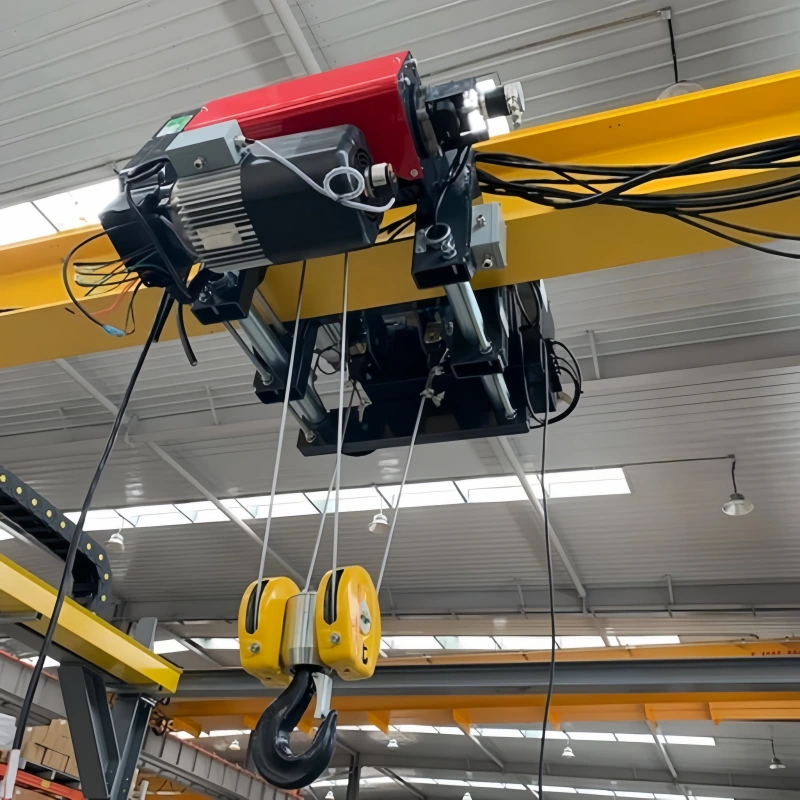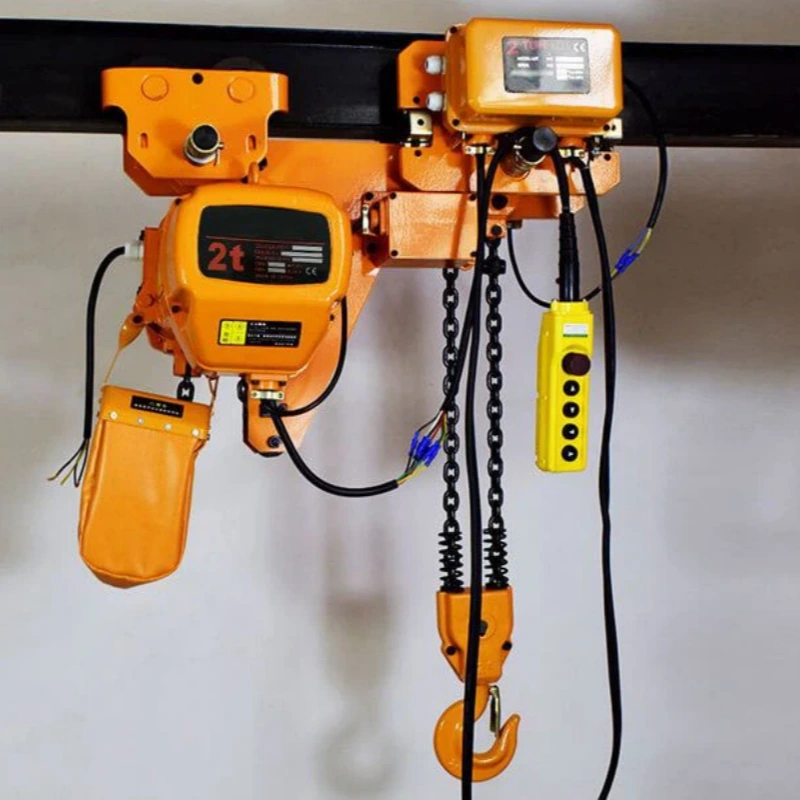You might wonder how long a webbing sling can be in service for. Industry standards suggest a typical service life of 5 to 10 years, but this can change based on how you use and care for your sling. Regular inspection is key to keeping your lifting equipment safe.
Powerful Machinery focuses on delivering lifting solutions that meet strict safety and quality standards.
The service life of webbing slings depends on:
Material quality
Frequency of use
Load capacity
Environmental conditions
Proper storage
Key Takeaways
Webbing slings typically last 5 to 10 years, depending on use and care.
Inspect your sling regularly for damage. Remove it from service if you find any issues.
Store slings in a dry, cool place away from sunlight to extend their life.
Use edge protection during lifting to prevent cuts and abrasions on the sling.
Choose high-quality slings from trusted manufacturers for safety and reliability.
Service Life of Webbing Slings
How Long Should a Webbing Sling Be in Service?

You may ask, how long should a webbing sling be in service? Most industry guidelines recommend a typical service life of 5 to 10 years for polyester slings.
However, you should always follow the manufacturer’s guidelines and perform regular inspections to ensure safety. If you notice any damage, you must remove the sling from service immediately.
Tip: Never use a webbing sling that shows signs of wear or damage, even if it is within the expected service life.
Manufacturers like Powerful Machinery design their Slings & Tie Downs to meet strict international standards. These slings use high-quality polyester, which helps extend the lifetime of the webbing sling. You can trust these products for durability and safety in demanding environments.
Industry guidelines do not always set a strict time limit for textile slings. Instead, they focus on how you use and maintain your equipment. If you inspect your webbing sling regularly and find no defects, you can keep using it, regardless of its age.
This approach puts safety first and helps you get the most value from your lifting gear.
Here are some important points to remember about the service life of webbing slings:
Polyester slings can last up to 5 years or more with proper care.
Always store slings in a dry, moisture-free place.
Keep slings away from direct sunlight to prevent UV damage.
Avoid exposing slings to high temperatures or chemicals.
Remove any sling from service if you find damage during inspection.
Factors That Affect Lifetime
The lifetime of the webbing sling depends on several key factors. You can extend the service life by understanding what causes wear and taking steps to prevent it.
Frequent use will shorten the expected service life.
Harsh environments, such as construction sites or marine settings, can cause faster wear.
Exposure to abrasions, cuts, acid, or high tension can damage the webbing sling.
Improper storage, like leaving slings in wet or sunny areas, will reduce their lifespan.
You should always follow the manufacturer’s guidelines for use and care. Regular inspections help you spot problems early and keep your lifting operations safe.
Powerful Machinery’s Slings & Tie Downs offer several benefits that help you get the most from your investment:
Benefit | Description |
|---|---|
Weight Distribution | Spreads the load evenly, reducing stress on contact points and protecting both the sling and the load. |
Soft yet Strong | Lightweight and flexible, yet able to handle heavy loads safely. |
Non-Corrosive | Resists rust and corrosion, making it ideal for outdoor or wet conditions. |
Protection | Gentle on surfaces, so you avoid scratches or other damage to delicate items. |
Cost-Efficiency | Durable and reusable, which means you replace slings less often and save money over time. |
Note: You can maximize the service life of webbing slings by following best practices for use, storage, and maintenance.
By choosing high-quality products like those from Powerful Machinery and following regular inspections, you ensure your webbing sling remains safe and reliable throughout its service life.
Inspection and Replacement
When to Retire a Webbing Sling

You need to inspect your webbing sling regularly to keep your lifting operations safe. Most experts recommend checking your slings at least once a year under normal conditions.
If you work in harsh environments, such as construction or shipping, you should inspect your slings every month or quarter. The table below shows how often you should inspect your webbing sling based on your work conditions:
Work Condition | Inspection Frequency |
|---|---|
Normal Work Conditions | Annual inspection |
Severe Work Conditions | Monthly or quarterly inspection |
Special Work Conditions | Consult a Qualified Person |
You should retire your webbing sling if you see any signs of damage, even if it is less than ten years old. Always follow the guidelines from standards like ASME B30.9 and OSHA 1910.184.
These standards help you decide when to remove a sling from service. If you ever lose confidence in your sling protection, you should replace it right away.
Powerful Machinery makes it easy for you to inspect your slings. Each webbing sling comes with clear labeling and a color-coded system. This system lets you quickly check the working load limit and inspection status. Color-coding helps you avoid overloads and improves sling protection by reducing mistakes.
Signs of Wear or Damage
You must know what to look for during each inspection. Remove your webbing sling from service if you notice any of these issues:
Fraying or broken fibers
Glazing or glossy marks from heat
Discoloration from chemicals or sunlight
Exposed red indicator fibers
Abrasions, cuts, or holes
Stiff or soft spots in the webbing
Faded color or shortened length
Loss of elasticity or strength
Worn stitching or missing tags
If you spot any of these problems, your sling protection is no longer reliable. Always choose a new webbing sling from a trusted source like Powerful Machinery to keep your lifting jobs safe and efficient.
Maximizing Webbing Sling Lifetime

Proper Use and Storage
You can extend the life of your webbing sling by following best practices for use and storage. Always select the right lifting slings for your load and environment. Use edge protection, such as corner pads or sleeves, to prevent cuts and abrasions.
Store your lifting slings in a clean, dry, and well-ventilated area. Avoid direct sunlight, moisture, and high temperatures, which can weaken the material and reduce safety.
Here is a quick guide to proper storage and environmental impact:
Environmental Condition | Effect on Webbing Slings |
|---|---|
Direct Sunlight | Decreases strength and flexibility |
Moisture | Increases the risk of mold and degradation |
High Temperatures | Causes structural deterioration |
High-quality polyester webbing sling products from Powerful Machinery offer excellent resistance to UV rays and moisture. This material provides the longest lifespan compared to nylon or polypropylene. You can trust these lifting slings to perform reliably in tough conditions.
Maintenance Tips
Regular maintenance helps you get the most out of your lifting slings. Clean your webbing sling with mild soap and water to remove dirt and debris. Avoid harsh chemicals that can damage the fibers.
Inspect your lifting slings before each use for signs of wear, such as fading, stiffness, or broken stitching. Remove any sling from service if you see cuts, abrasions, or other damage.
Follow these tips to maximize the service life of your webbing sling:
Keep slings off the ground and away from chemically active environments.
Use edge protection during lifting to prevent cutting and abrasion.
Maintain detailed records of sling usage and inspections.
Train your team to handle lifting slings correctly.
Tip: Most failures in lifting slings come from overlooked wear and tear or overloading. Regular inspection and proper use help prevent accidents and equipment loss.
By choosing certified lifting slings from Powerful Machinery and following these maintenance routines, you ensure safe and efficient lifting operations every time.
Conclusion
You protect your team and equipment when you follow safety guidelines for webbing slings. Regular inspections help you spot wear early and prevent costly downtime or accidents.
Replacing slings at the first sign of damage keeps your workplace safe.
Certified, high-quality slings like Powerful Machinery’s Slings & Tie Downs offer proven reliability.
Benefit | Result |
|---|---|
Routine inspections | Fewer accidents, longer sling lifespan |
Certified products | Compliance, trust, and peace of mind |
Choose quality and stay safe every time you lift.
FAQ
How often should you inspect your webbing sling?
You should inspect your webbing sling before each use. For normal work conditions, perform a detailed inspection at least once a year. In harsh environments, increase inspection frequency to every month or quarter.
Can you wash a webbing sling if it gets dirty?
Yes, you can clean your webbing sling with mild soap and water. Avoid harsh chemicals or high-pressure washing. Let the sling dry completely before storing or using it again.
What should you do if you find damage on your sling?
Remove the sling from service immediately if you see any damage. Never try to repair a damaged sling yourself. Replace it with a certified product to ensure safety.
How do you know which sling to use for your load?
Check the color-coding and label on each sling. These show the working load limit (WLL). Always choose a sling with a WLL higher than your load weight.
Why choose Powerful Machinery’s Slings & Tie Downs?
You get certified products that meet international safety standards.
The slings use high-quality polyester for durability.
Color-coding and clear labeling make selection and inspection easy.


